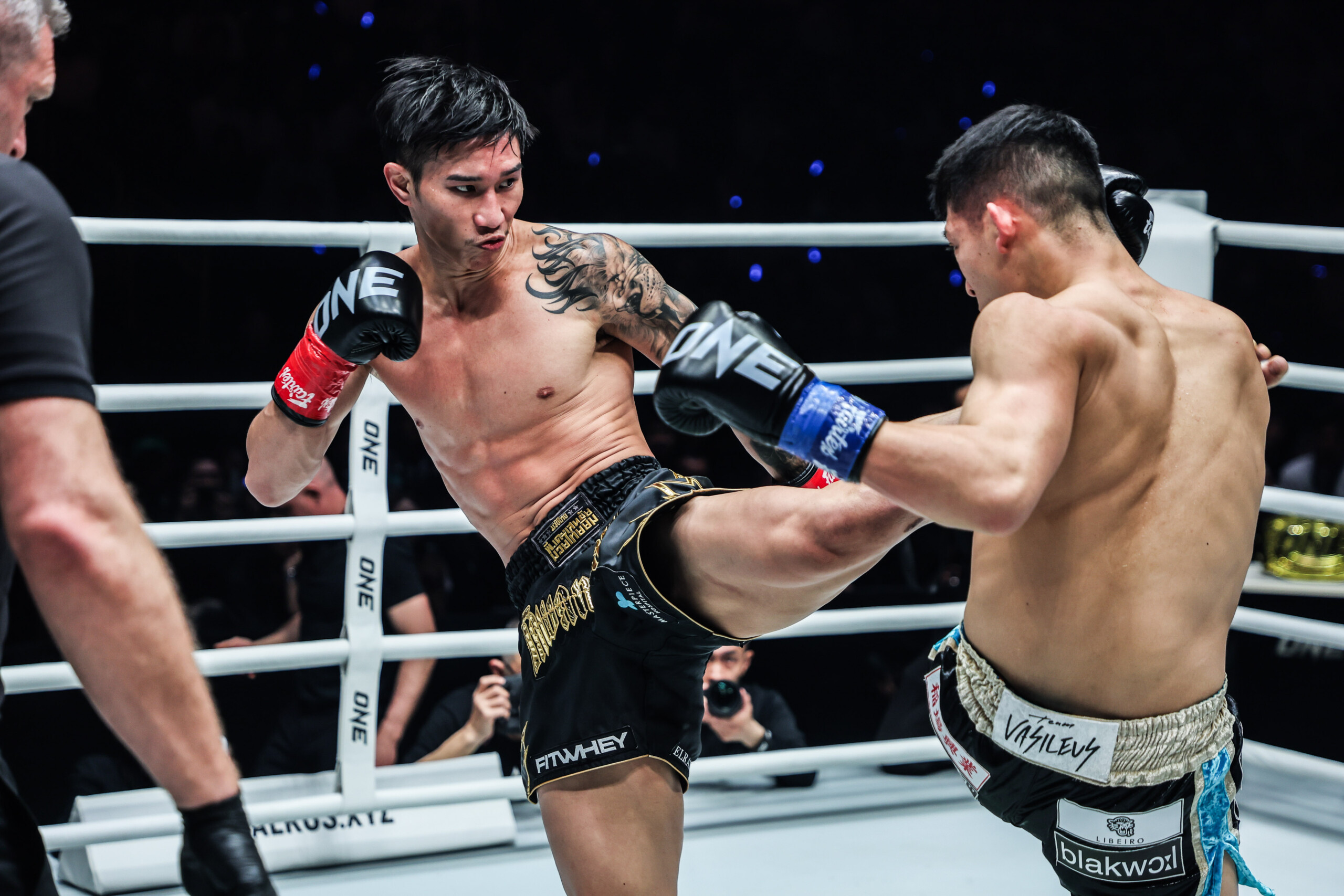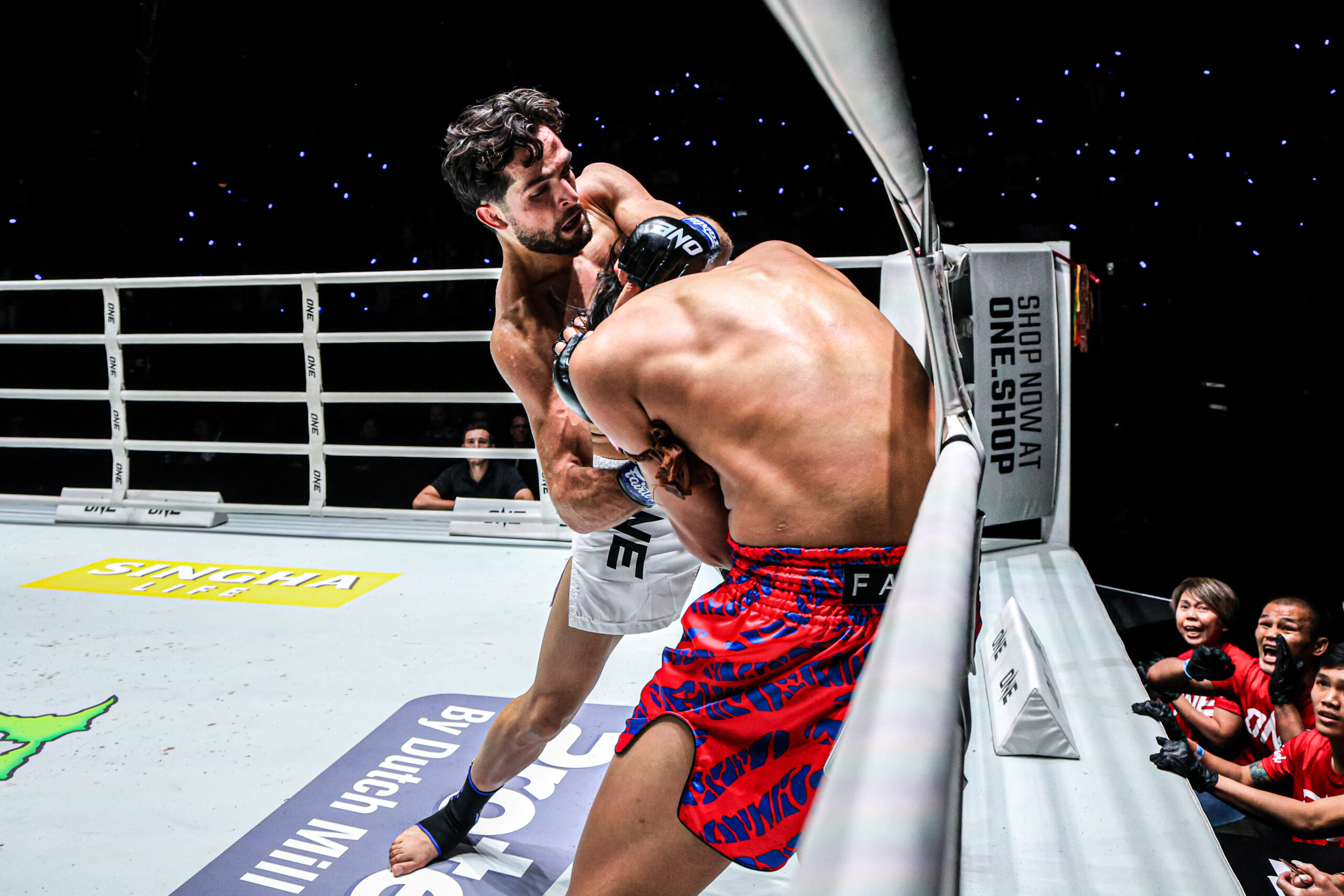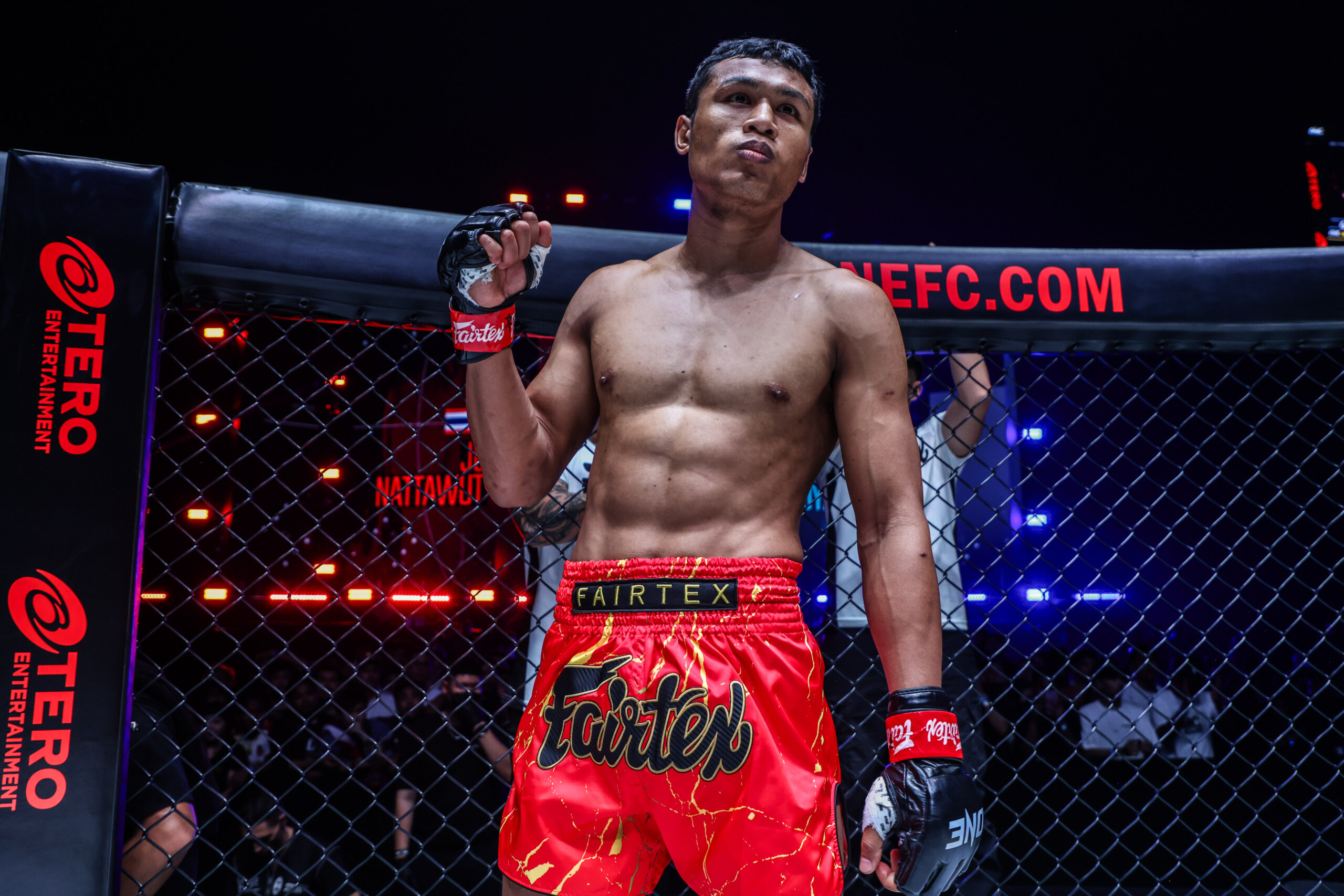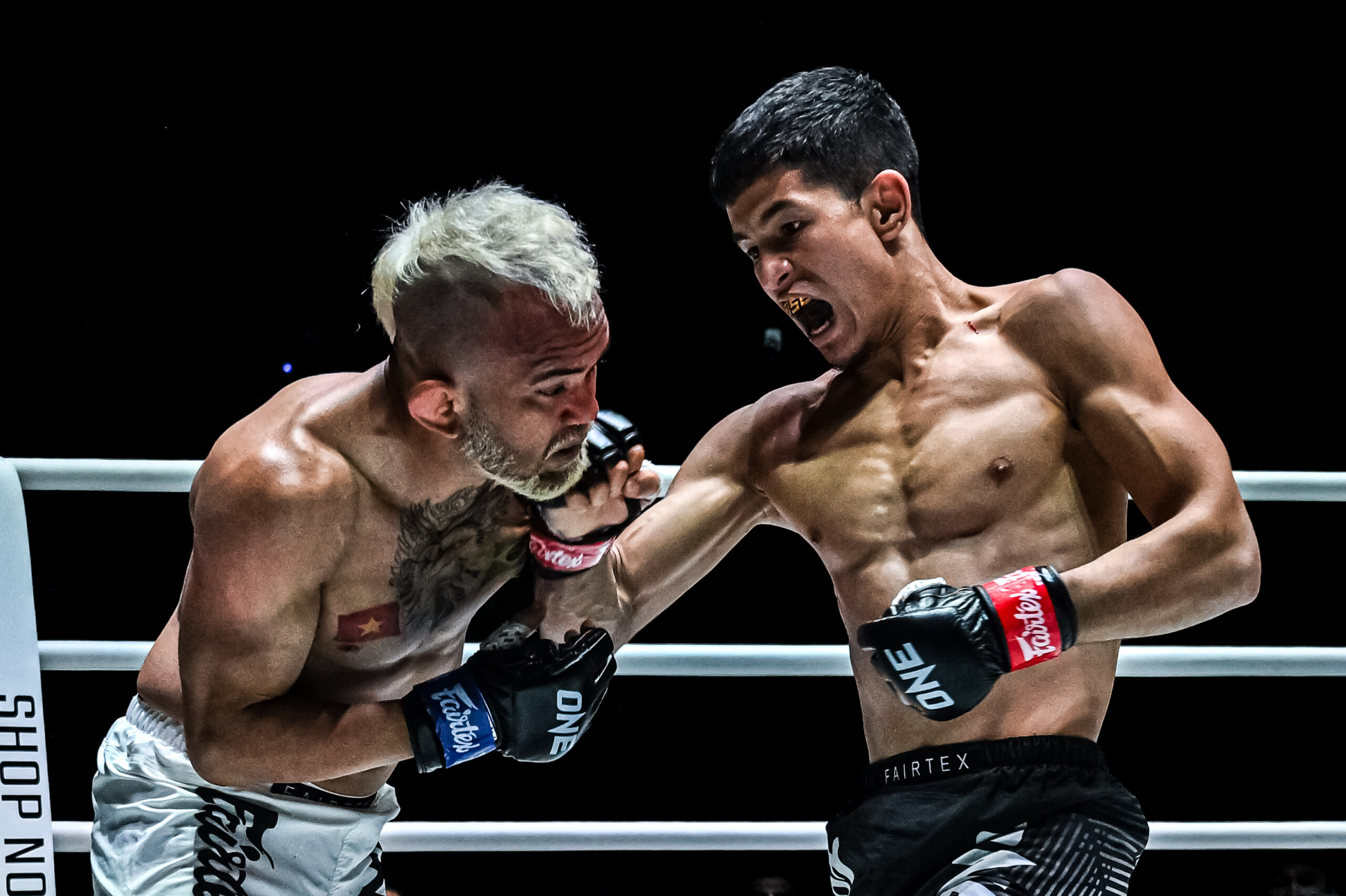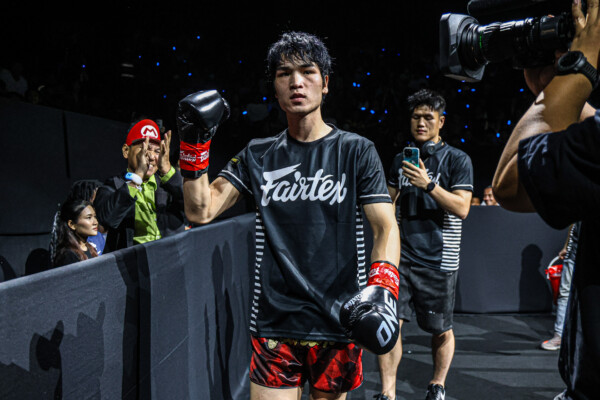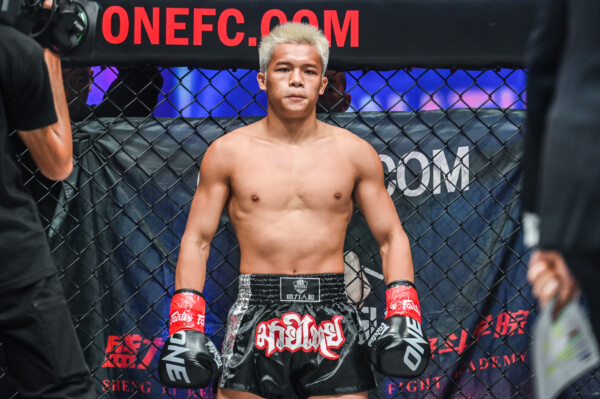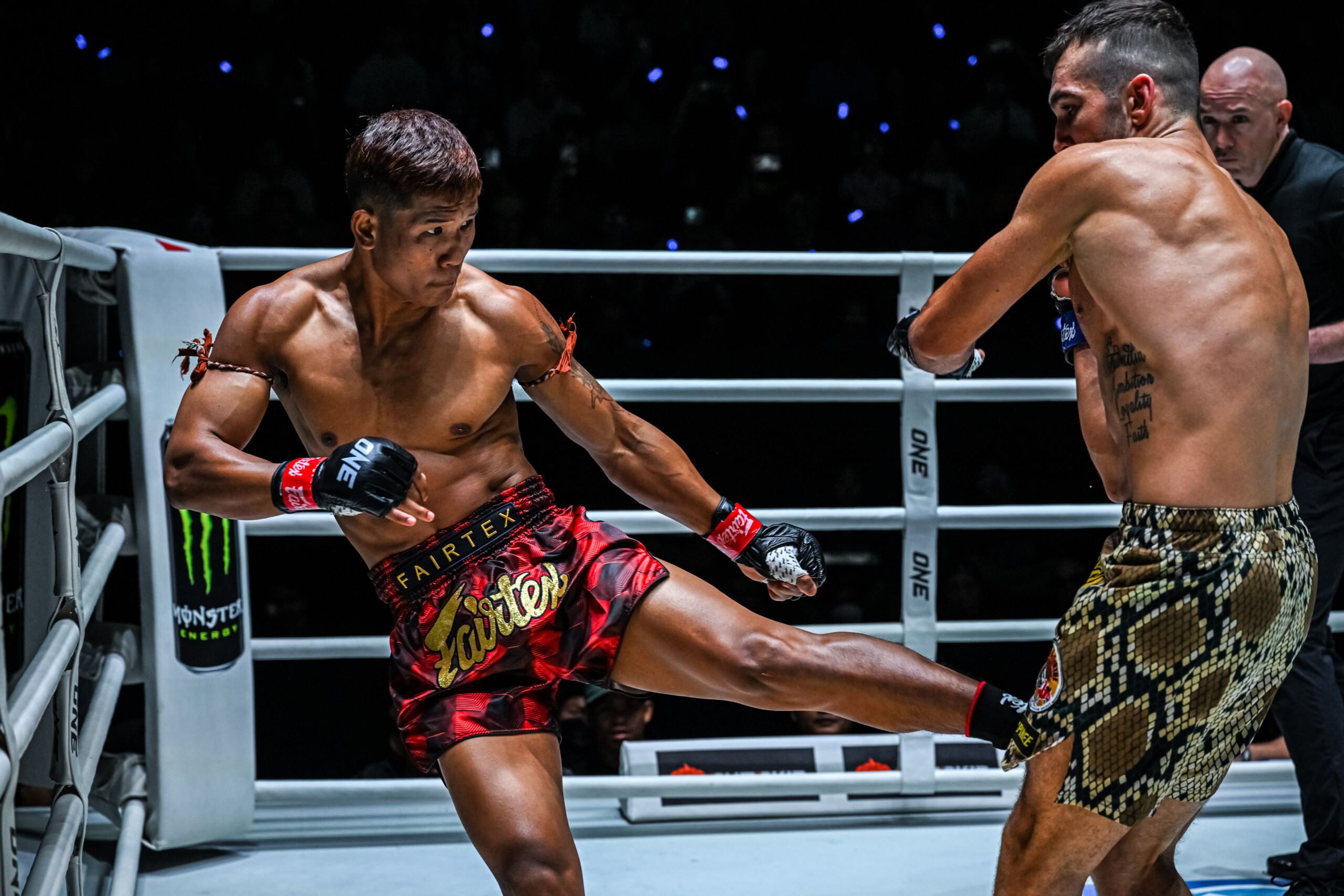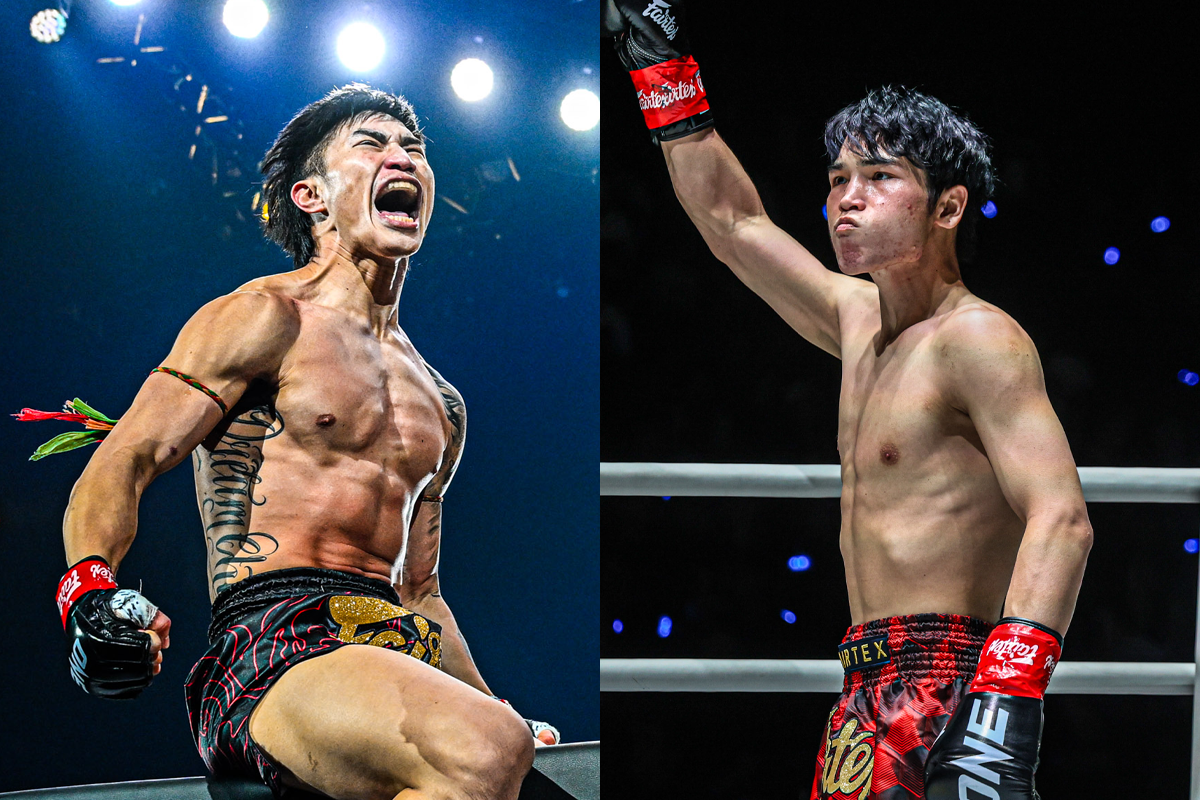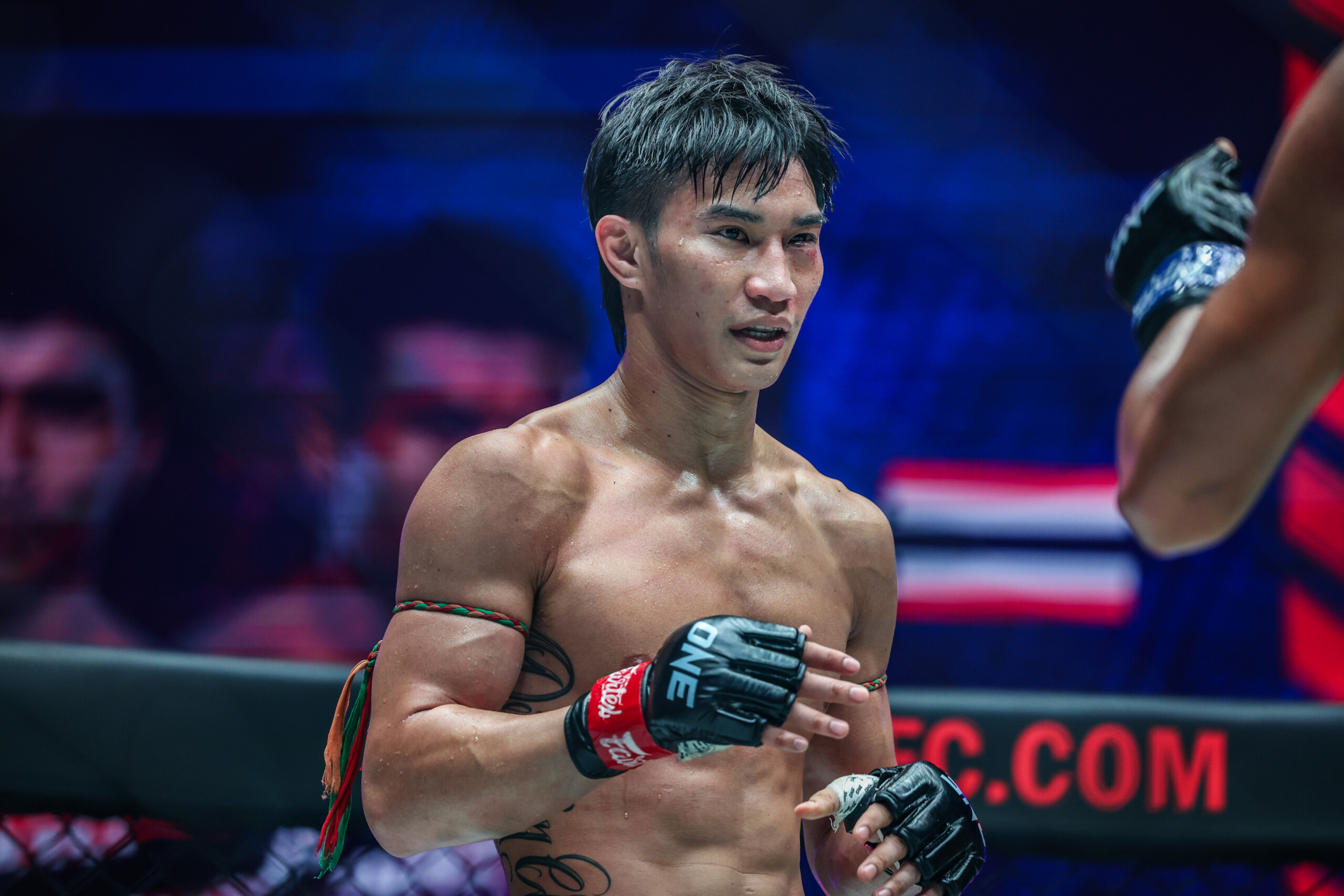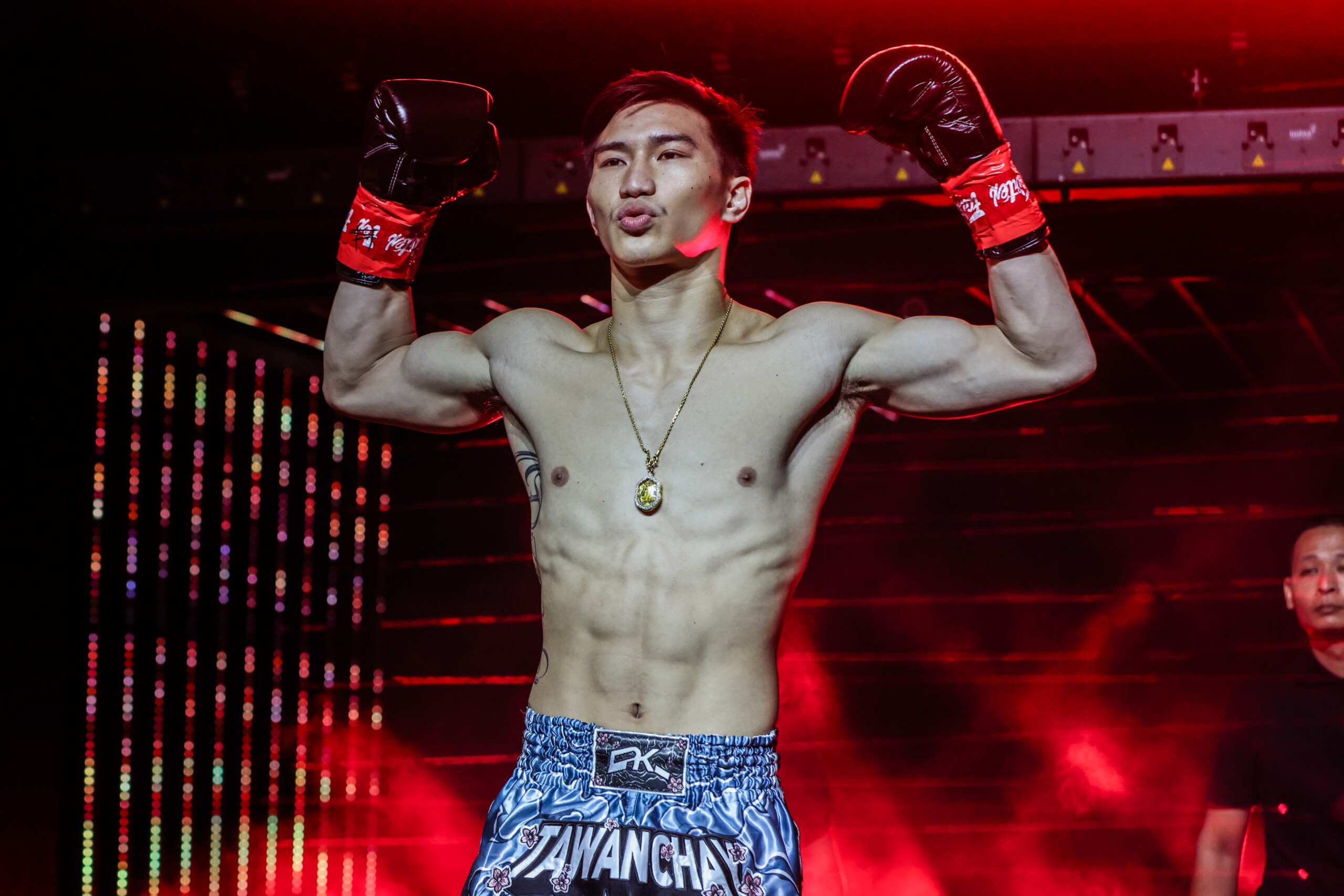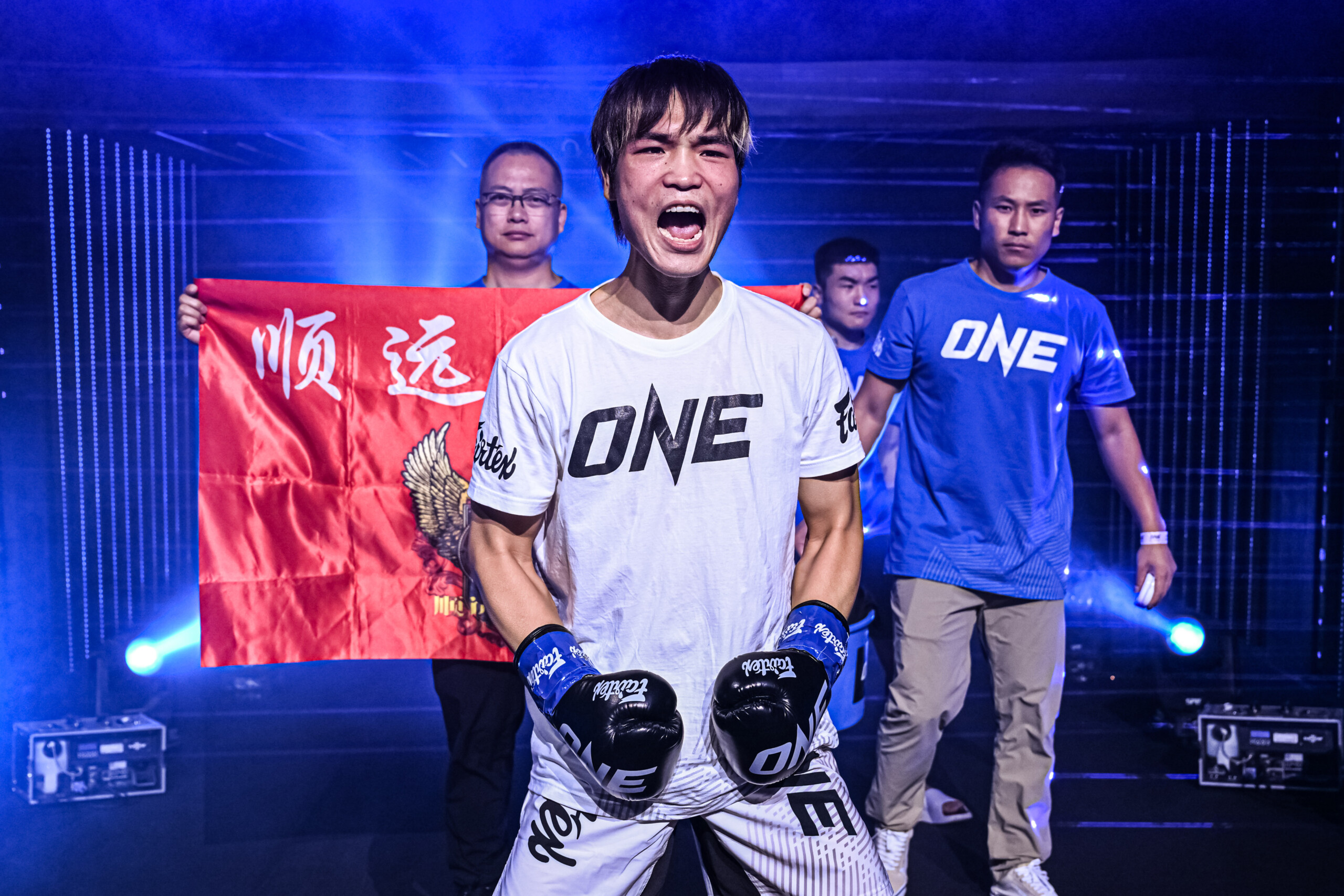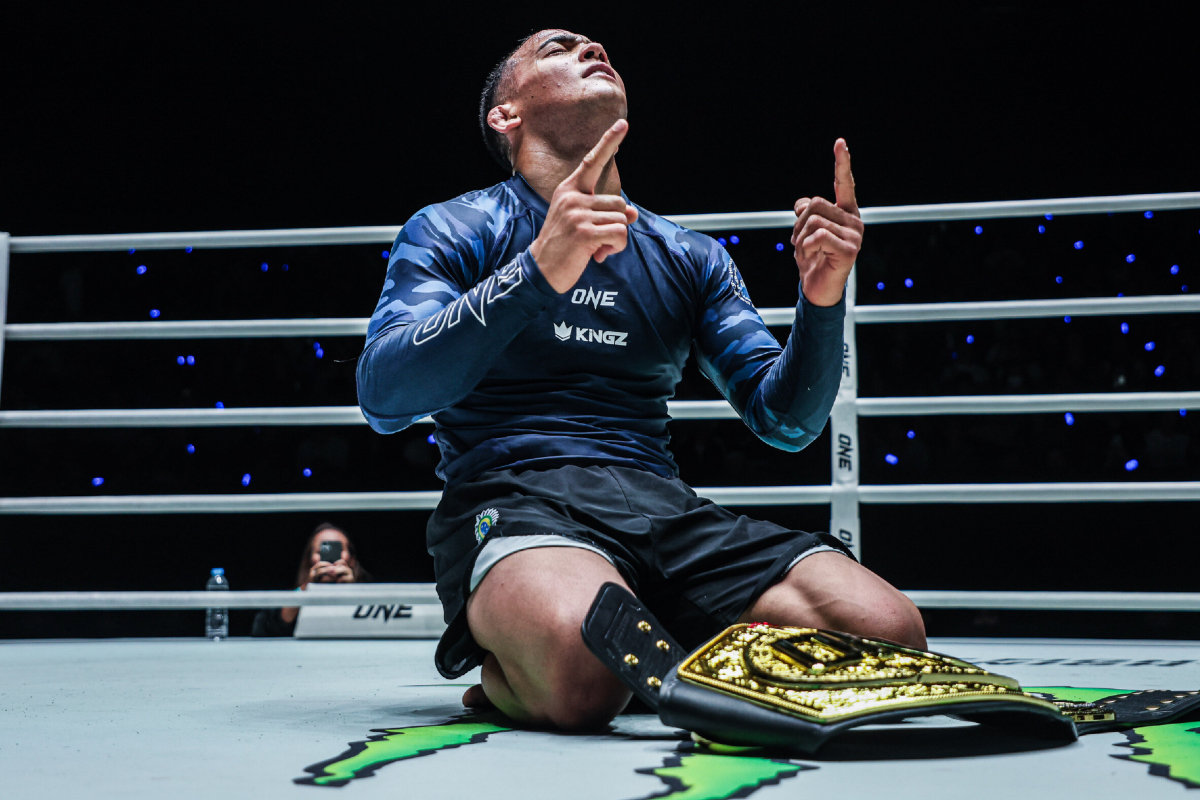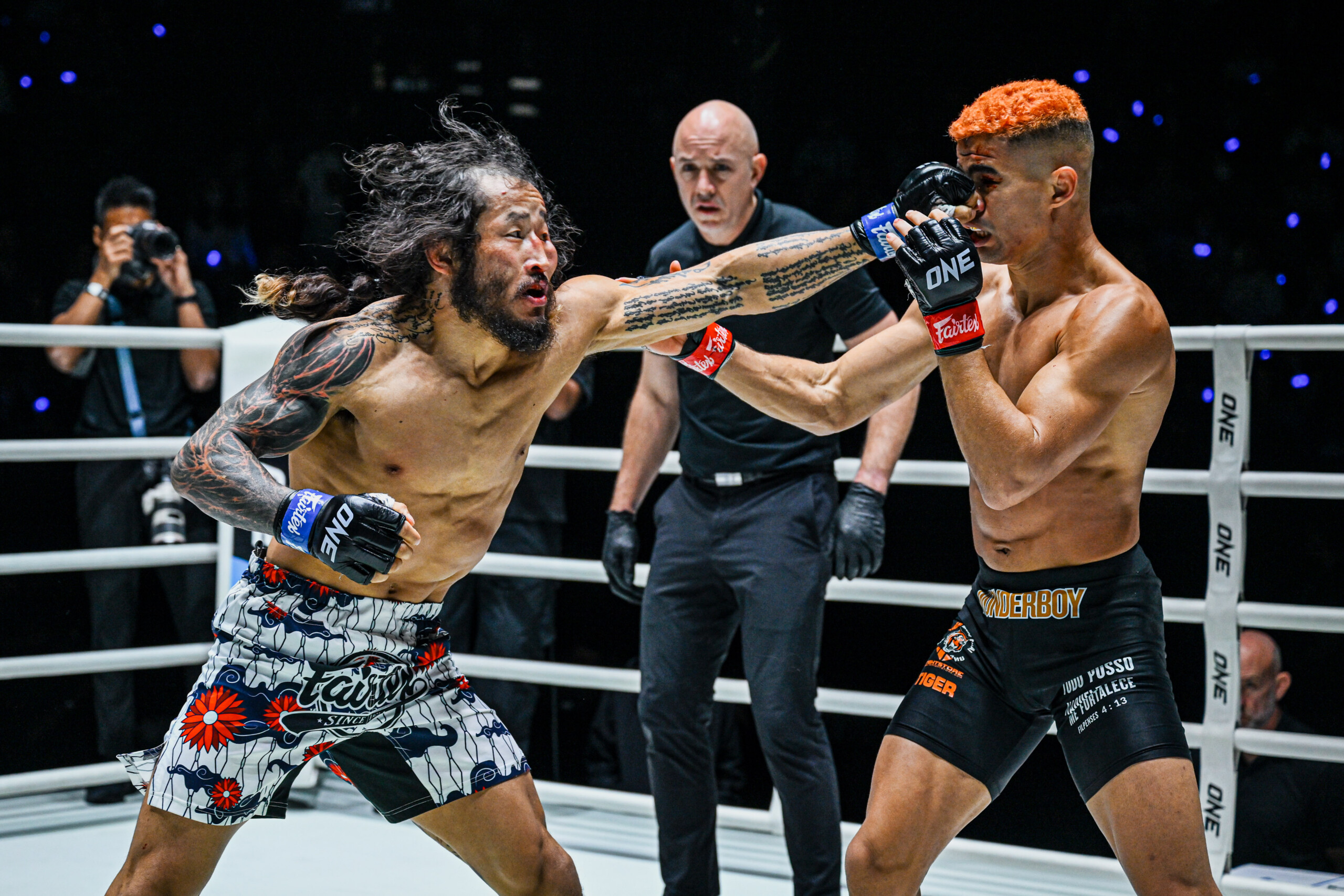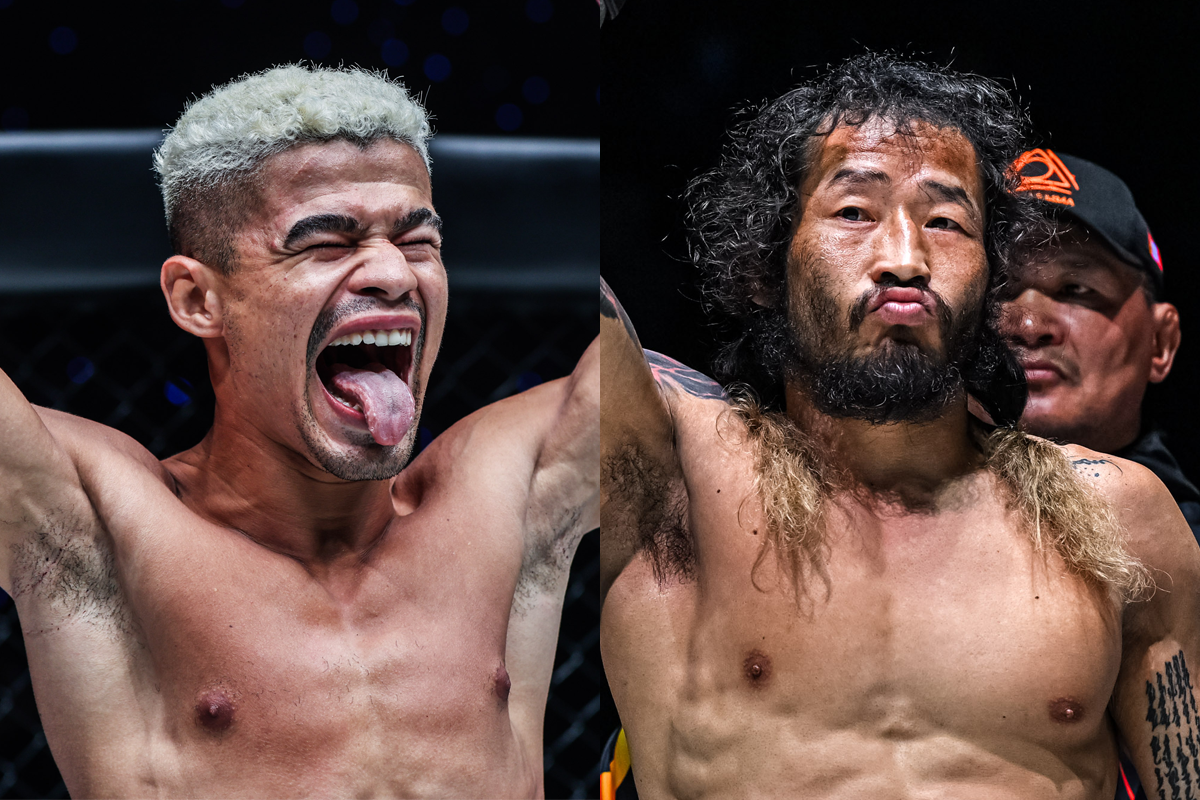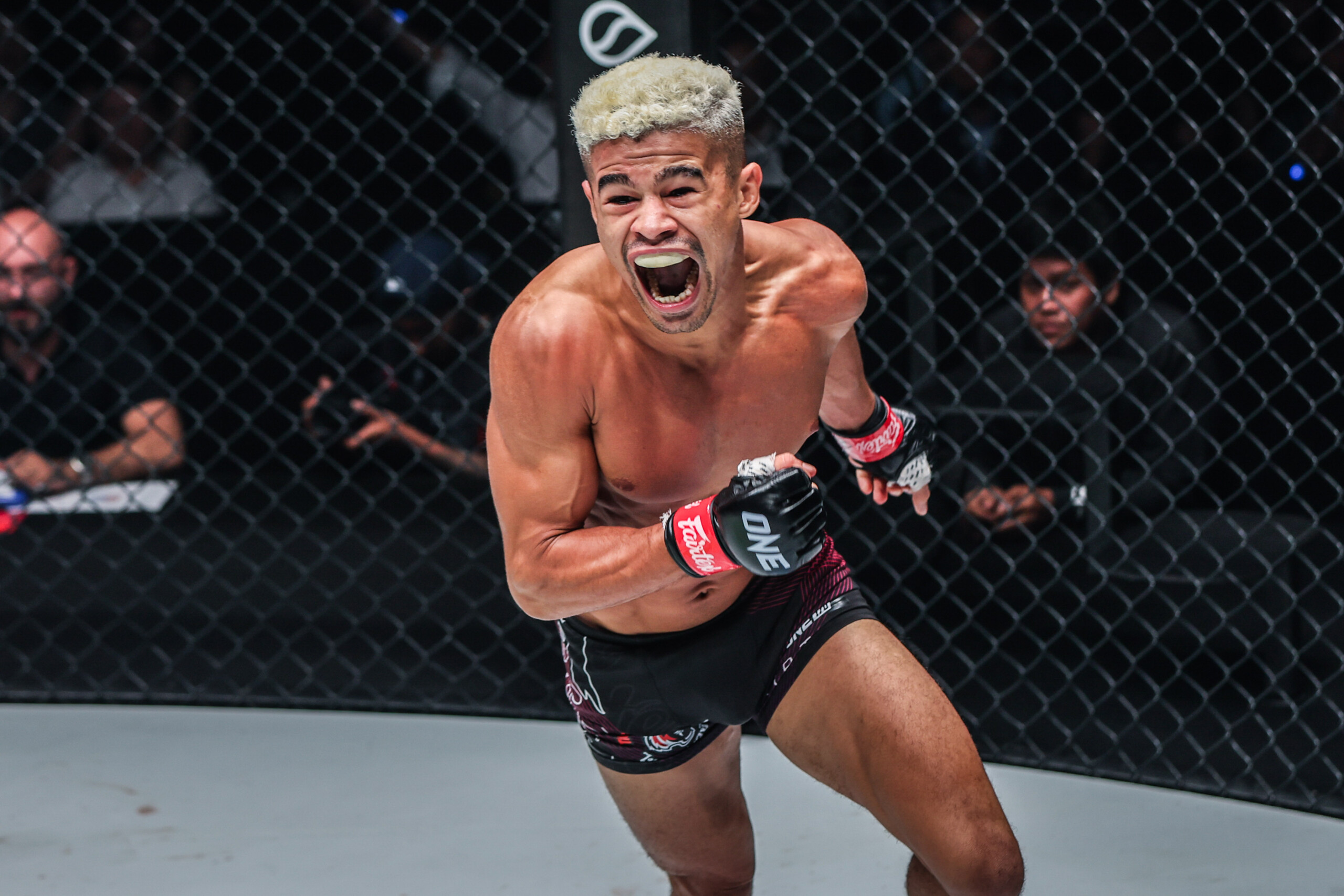6 Fascinating Facts Every Martial Arts Fan Needs To Know About Myanmar Lethwei

ONE: LIGHT OF A NATION takes place 30 June at Myanmar’s Thuwunna Indoor Stadium in Yangon, and will feature several of the country’s Lethwei stars.
While most people enjoy it as sports entertainment in this day and age, the ancient art of Lethwei has been around for centuries, and was practiced by some of the greatest warriors in Myanmar’s rich history.
To find out more about this incredibly martial art, here are six fascinating facts every fight fan needs to know.
#1 It Was Formerly Known As Burmese Bareknuckle Boxing

Originating in the early 1300s, Myanmar’s national martial art of Lethwei was formerly known as Burmese Bareknuckle Boxing, and featured stand-up striking along with a variety of clinching techniques, similar to Thailand’s Muay Thai.
Lethwei is considered one of the most aggressive and powerful martial arts in the world. During the early days of Lethwei competition, combatants fought bare-knuckled and used, at the most, tape and gauze to protect their hands from damage.
As a result, Lethwei became immensely popular because of the action-packed skirmishes it has produced over the years. Participation was open to anyone, whether royalty or commoner, and in early history, bouts took place in sandpits.
#2 It Was Modernized By Former Olympic Boxer Kyar Ba Nyein

Former 1952 Olympian and Myanmar national icon Kyar Ba Nyein pioneered modern-day Lethwei by introducing a more stringent rule set, which the Lethwei of today is currently based off of. He was also responsible for introducing the concept of an enclosed competition area, such as boxing or Lethwei rings.
In the early days of Lethwei, the only path to victory was by knockout, else the bout would be declared a draw. Legal moves included headbutts, chokes, and raking knuckle strikes. This made for some incredibly exciting matches, but was criticized internationally for its brutal nature.
Kyar Ba Nyein wanted to make the sport safer and more acceptable to the international community, so he travelled across the entire nation, visiting small towns and villages where people still practiced the ancient version. After introducing this safer, and more modern version of Lethwei, Kyar Ba Nyein then invited people to participate in matches, and a sport was born.
Today, Lethwei is more marketable to the international community, because it has introduced a set of rules and regulations that promote safety. Modern-day Lethwei can now be won by decision before a panel of judges, which promotes exciting contests even in the later rounds, according to leading promotion the World Lethwei Championship.
#3 Lethwei Is Known As “The Art Of Nine Limbs”

Lethwei is also known as the art of nine limbs, because it allows the use of fists, feet, elbows knees, and headbutts, as mentioned above. This instantly sets it apart from other kickboxing styles from Myanmar’s neighbors, such as Muay Thai and Kun Khmer.
In other martial arts, headbutts are illegal, but Lethwei recognizes the head as an essential part of offense. In fact, the top of the forehead is considered one of the hardest bones in the human body. Even in modern-day Lethwei, they are still allowed, and it has resulted in some spectacular finishes.
#4 In 2001, Three American Kickboxers Competed Against Lethwei Athletes
World Lethwei Championship (WLC-2)Ancient Warriorsမစ္ဒယ္ဝိတ္တန္း (၇၁-၇၅ကီလို) ၅ခ်ီတူးတူး(နဂါးမာန္) Vs…
Posted by WLC – World Lethwei Championship on Saturday, June 10, 2017
It was only a matter of time before Lethwei went international, and in 2001, Lethwei saw its first international event. Three kickboxers from the United States, Shannon Ritch, Albert Ramirez and Doug Evans, competed against some of Myanmar’s finest Lethwei practitioners, and would all lose by way of first-round knockout.
That wasn’t all. In 2004, it was Japan’s turn to try their luck, as four Japanese athletes took on local Lethwei exponents. Mixed martial artist Akitoshi Tamura then became the first foreign man to defeat a Lethwei practitioner when he knocked out Aya Bo Sein in two rounds.
Soon after, the sport quickly caught on, and today, Myanmar nationals are no longer the only ones who practice Lethwei. Last April, Canadian David Leduc and Turkish-Australian Adem Yilmaz fought in the first Lethwei World Title bout held in Japan’s world-famous Korakuen Hall, and the World Lethwei Championship regularly sees international competitors.
#5 Lethwei Athletes Are Steadily Making A Name For Themselves In ONE Championship

Because Lethwei is such an effective stand-up striking discipline, it’s a great base to transition into mixed martial arts. Today, many ONE Championship athletes who are trained experts in Lethwei are enjoying success in the cage. Among the most successful of which is 32-year-old unbeaten featherweight Phoe Thaw, who made his professional debut in the promotion.
Phoe Thaw owns an unblemished 4-0 professional mixed martial arts record, and was recently victorious in a traditional Lethwei bout earlier this month at World Lethwei Championship: Ancient Warriors. All four of his ONE Championship bouts have ended in spectacular knockout finishes.
#6 It Celebrates The Same Traditional Martial Arts Values

As with every martial art, the discipline emphasizes traditional values of courage, honor, and discipline, humility, and respect. Around the world, Lethwei is practiced by not just the Myanmar people, but also combatants who recognize Lethwei as an effective striking style.
Lethwei practitioners are known as some of the world’s toughest competitors, but at the same time, the kindest. The sport has been credited for uniting an entire nation, despite socio-economic and political differences.
One of the greatest examples of how Lethwei unites its people is Tun Tun Min, known as Myanmar’s greatest Lethwei superstar. Tun Tun Min was universally adored in the country, regardless of where he grew up, the faith he keeps, or his upbringing.
“The philosophy of Lethwei is to be humble like a lamb in normal life, but to be brave like a lion in the ring,” says Win Zin Oo, a prominent Lethwei teacher.
